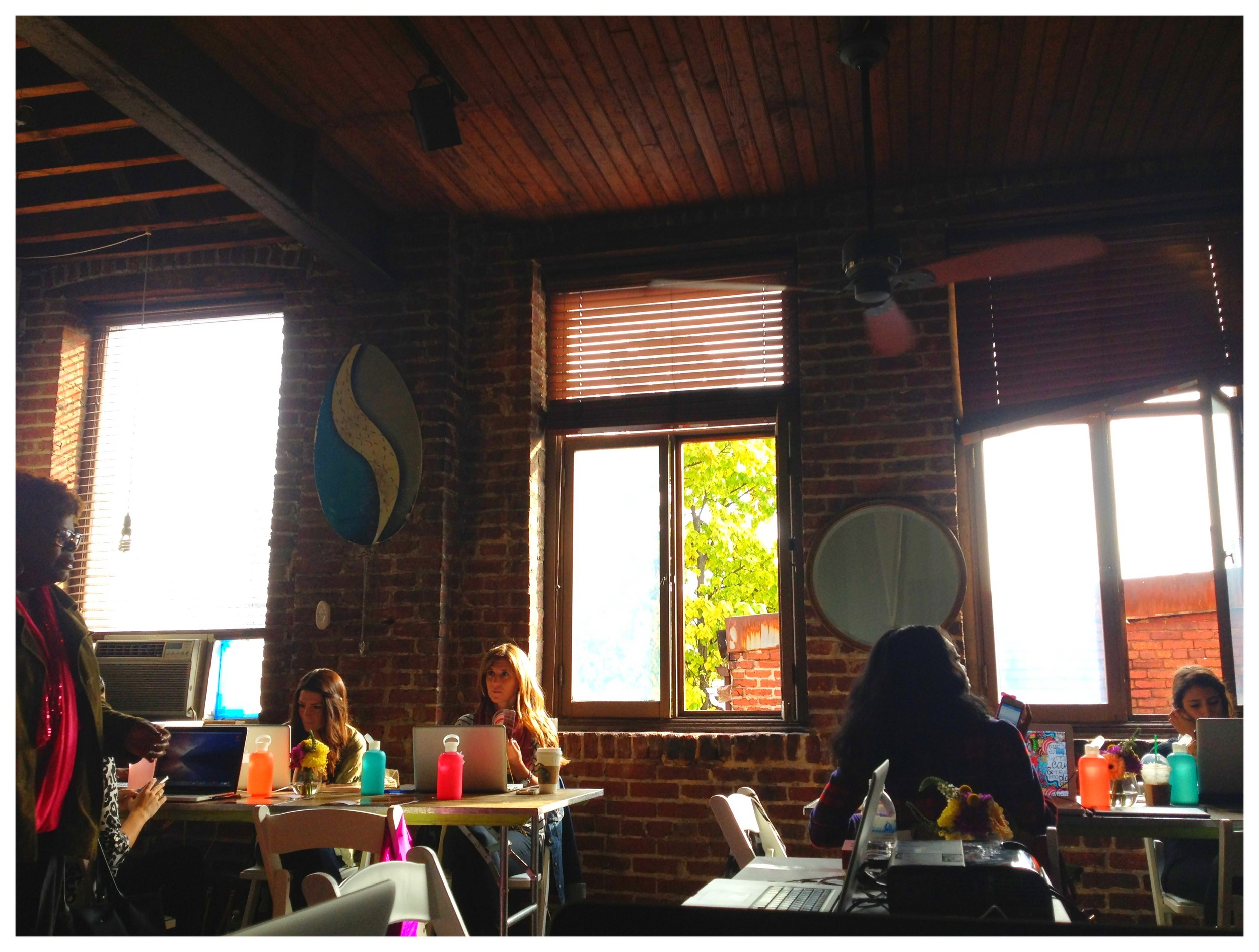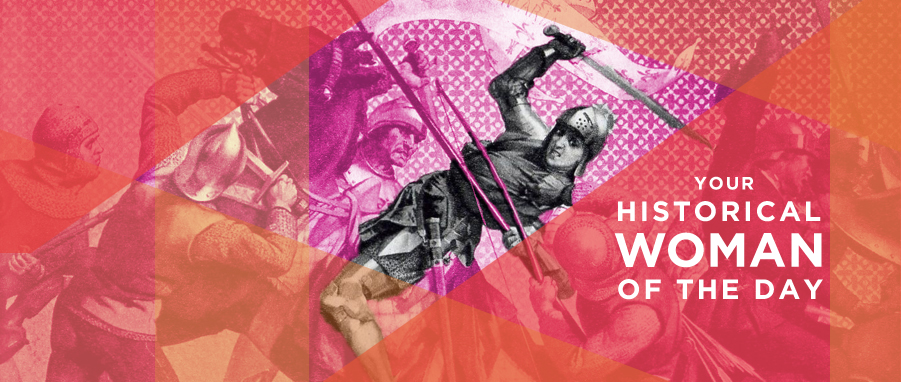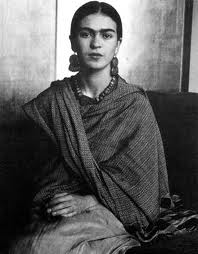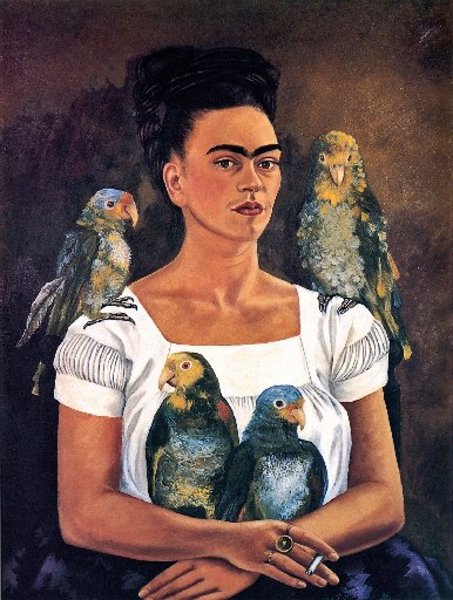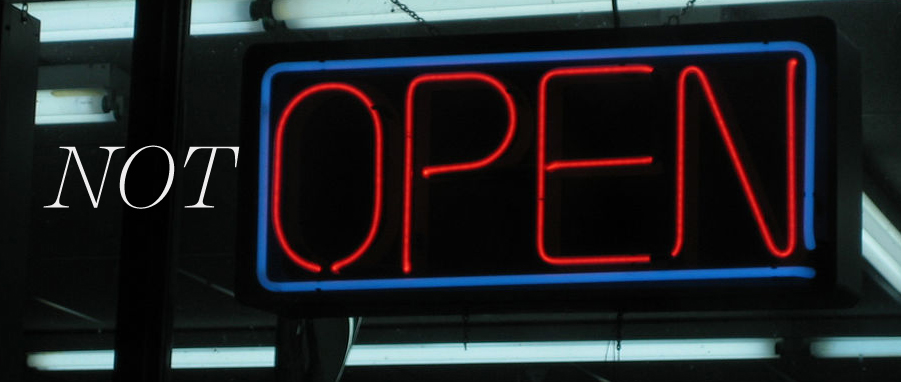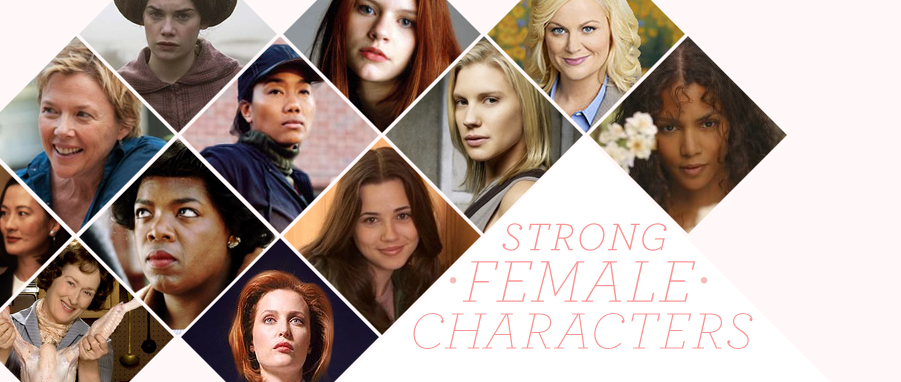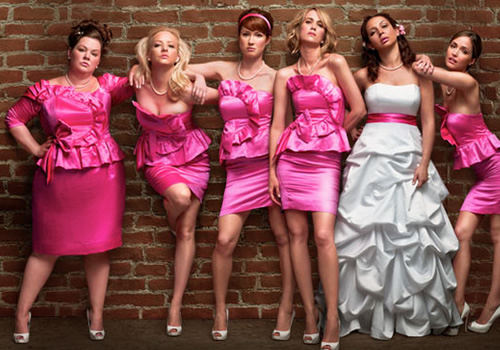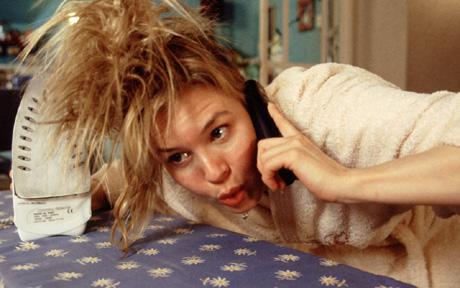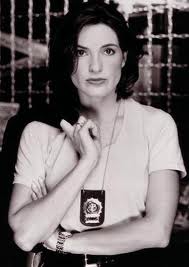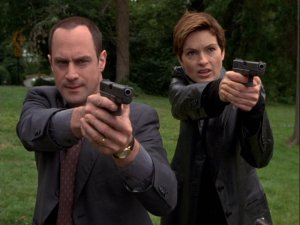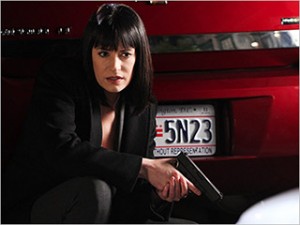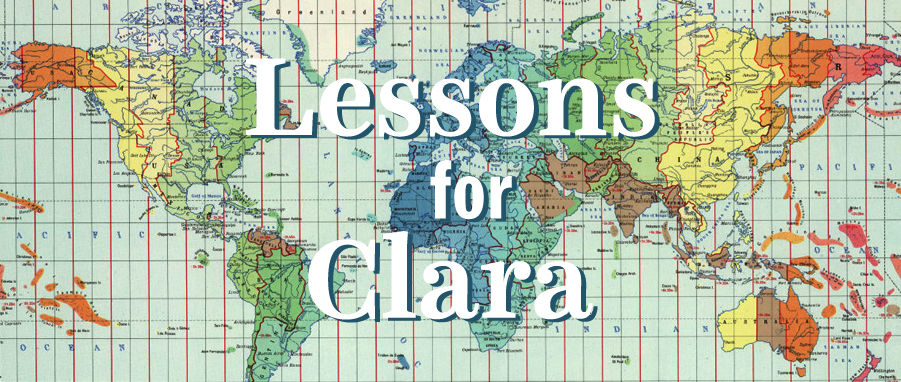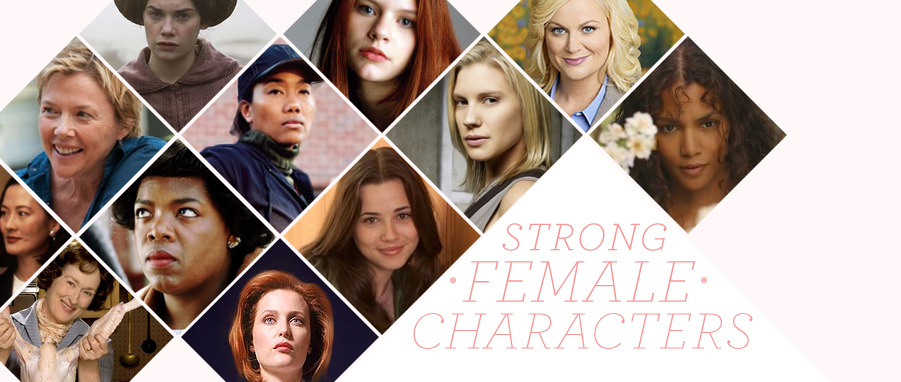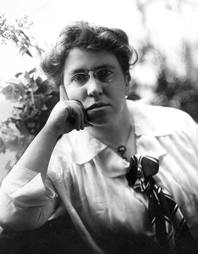 It’s my second conference presentation. Ever. I’m seated between two other women—one, a PhD candidate at a tony East Coast institution; the other, a full professor and virtual expert on my topic. We were placed in the largest of the four conference rooms, and it’s mostly full. Curses. I thank the conference gods we’re allowed to sit during our speech. And that I brought a PowerPoint. ("If you'll all just take a look at this shiny picture instead of at me . . .")
It’s my second conference presentation. Ever. I’m seated between two other women—one, a PhD candidate at a tony East Coast institution; the other, a full professor and virtual expert on my topic. We were placed in the largest of the four conference rooms, and it’s mostly full. Curses. I thank the conference gods we’re allowed to sit during our speech. And that I brought a PowerPoint. ("If you'll all just take a look at this shiny picture instead of at me . . .")
Public speaking has, throughout my life, been the bane of my academic existence. As the hour of reckoning approaches, my stomach inevitably begins to dance and my palms get sweaty. I totter between the conviction that everything, as it always has been, will be fine, and the terror that this, yes this, is the time when I will finally, completely go to pieces in front of a large group of people. Maybe I’ll forget the words and do a dance, or worse, run from the room. (Fight or flight.)
I’ve always admired women and men who are gifted public speakers. There’s such an element of performance to it: a combination of confidence, conviction, and drama. Remembering my own shortcomings in these areas, of which I am painfully aware, I love to look up to this particular historical woman of the day for inspiration.
The incomparable Emma Goldman was born and raised in the Russian Empire, in present-day Lithuania, to an Orthodox Jewish family. In 1885, at the age of sixteen, she emigrated to the United States—already a veteran of a radical student circle in St. Petersburg, her political career would take root in the midst of the labor and anarchy movements of urban America.
It’s difficult to enumerate all the causes Goldman fought for: anarchism, socialism, workers’ rights, immigrants’ rights, free love, birth control. She sought to address the social evils that resulted from a rapidly industrializing, urbanizing America, as around her the rich got richer, the poor got poorer, and the robber barons got like super crazy insane stupid rich. Today this struggle, while tiresome, seems timeless; in the late 1800s and early 1900s, I imagine that it was also terrifying. The America we know---messy, diverse, capitalist, benevolent, unjust---was being born, and these struggles were its birthing pains.
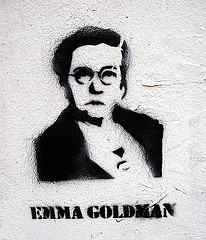
Goldman typically sided with the underdog, railing against the inequalities of American society and the injustice of those in power. Her fights met with various degrees of success. But whatever her cause, one thing you could say about Goldman: she could speak.
Her speeches were famous, or infamous, depending what side of turn-of-the-century politics you were on. She toured the country giving her special brand of fiery talks that indicted the industrialists, the politicians, and the very structures of capitalism, and incited the working class, the women, the underprivileged to action. As writer Vivian Gornick puts it in "Love and Anarchy" (Chronicle of Higher Education 58:10):
“[Goldman’s intensity] was midwife to a remarkable gift she had for making those who heard her feel intimately connected to the pain inherent in whatever social condition she was denouncing. As the women and men in her audience listened to her, a scenario of almost mythic proportions seemed to unfold before their eyes. The homeliness of their own small lives became invested with a sense of drama that acted as a catalyst for the wild, vagrant hope--especially vulnerable to mean-spirited times--that things need not be as they are.”
We are in an election year. If you’re like me, you’re probably a little tired of hearing political speeches. (But how about that Clint Eastwood, right? Heh.) Without pointing any fingers, we’re seeing candidates who purposely downplay their past achievements if they don’t align with the party platform. Candidates whose views are “evolving” instead of just straight up existing, who must avoid certain subjects so as not to stir up segments of their voting base.
Emma Goldman wasn’t a politician. She was, perhaps, more of a rabble-rouser. But her career is incredibly inspiring because for everything she spoke about, she believed. Her passion was singular, unparalleled. Indeed, one of Goldman’s major complaints about fellow anarchists and revolutionaries was their diminishing of the individual within the mob and their privileging of the intellect over feeling. For Goldman, the individual was everything-- her anarchist utopia involved the liberation of the individual, not just the collective. It wasn’t all about politics. In fact, she had an active sex life and threw herself wholeheartedly into her romances, most notably with fellow anarchists Alexander “Sasha” Berkman and Ben Reitman. She didn’t just speak, she lived. (If you don’t believe me, read a few of her love letters. Wow! She’d put modern romance novelists to shame.)
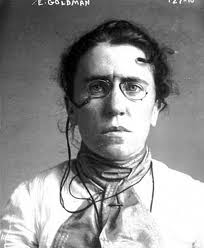
Goldman built a decades-long career out of her activism, so of course, she had her fair share of trouble with the police. She was suspected of being involved in at least two assassination plots, including President McKinley’s, though it’s unlikely she played a role. It wasn’t until 1917, however, that her “treasonous” positions on World War I and the military draft finally made her United States residency untenable. She was deported to Russia, where she witnessed and quickly became disillusioned with the Revolution. She spent only two years there before moving on. After spending time campaigning against the fascists in Spain, she finally settled in Toronto, where she died in 1940 at the age of 70, a long, rewarding, and, in my opinion, incredibly well-spent life behind her.
My speech is over. I hand the microphone off. I’m pretty satisfied with how I did—I enunciated, I made eye contact with audience members, I didn’t stumble or stutter. I got my message across. Most of all, I didn’t run from the room in a panic. The full professor to my right congratulates me; she tells me I had some great material, but I could work a bit on my dynamics and volume. I’m no Emma Goldman, but I'm getting there.






